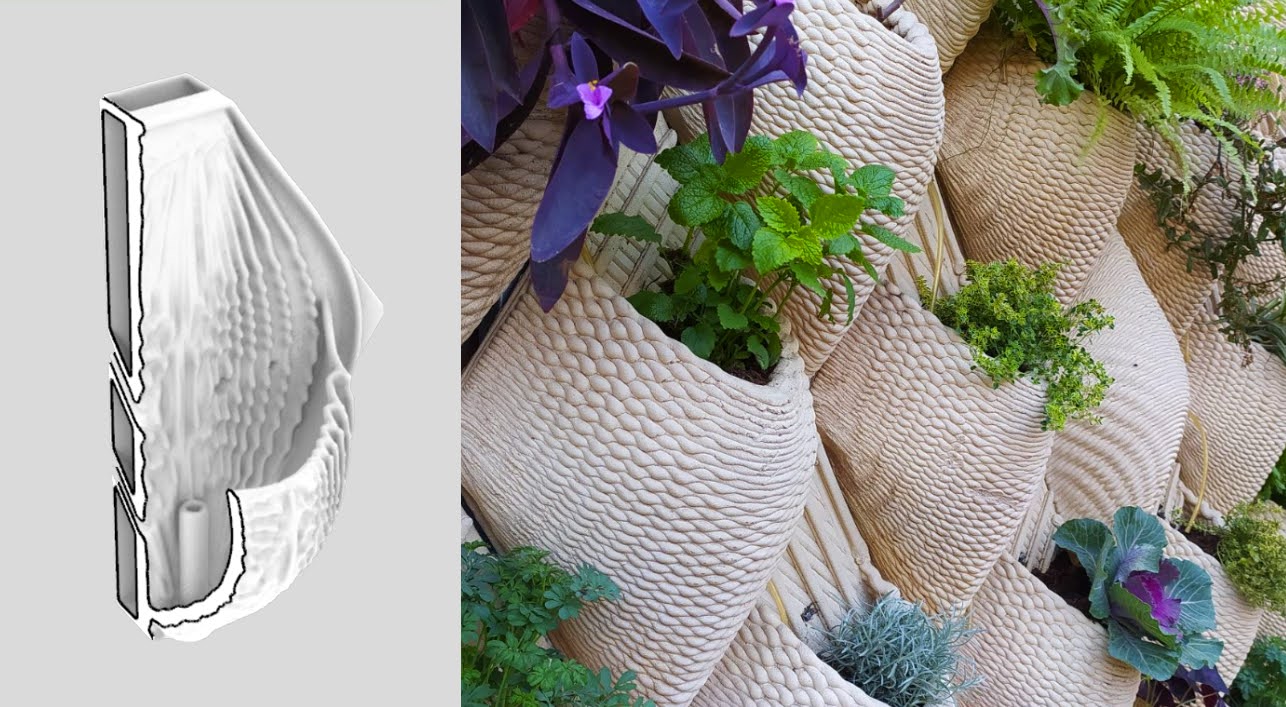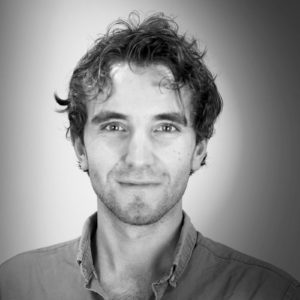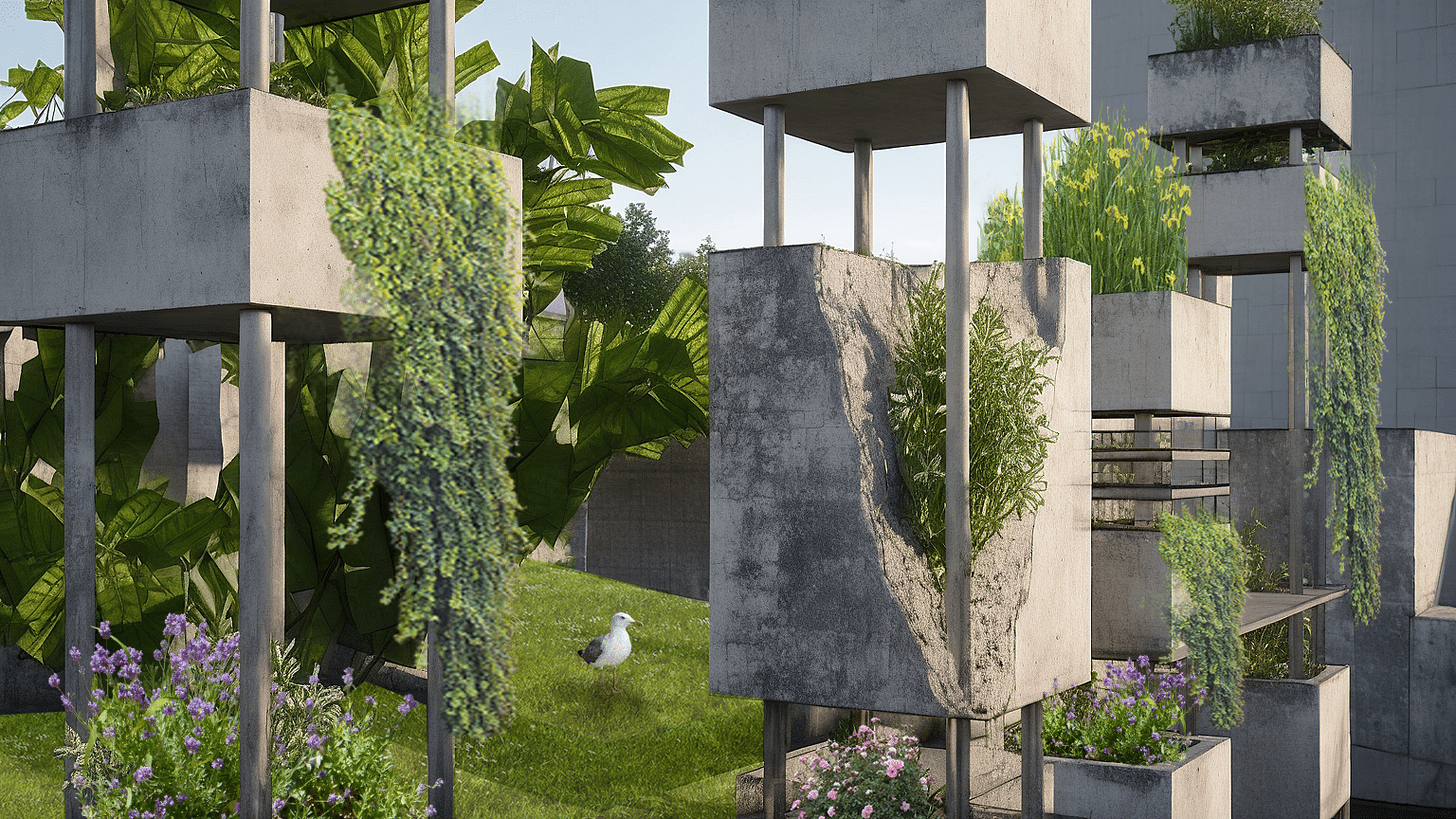The course explores the potential of living systems to provide cities with essential ecosystem services such as food production, energy generation, climate regulation, and water purification. With the help of digital technologies — such as computational design and digital manufacturing — students investigate how to integrate these systems into urban environments through a nature-based approach. The methodology includes the development of 1:1 scale functional prototypes, as demonstrators of the diverse interventions.
Syllabus

Credits: R&Sie(n – I’m lost in Paris
The concept of integrating living materials, processes, and systems into building culture has evolved significantly over the past decades and is gaining increasing relevance in today’s architectural discourse. With advances in science, synthetic biology, and technology, we are witnessing the emergence of new biological and living materials capable of transforming buildings into metabolic, breathing organisms that interact dynamically with their environment.
This seminar introduces students to state-of-the-art research in biodesign and Nature-Based Solutions (NBS) at multiple scales, exploring living facade systems, and strategies for integrating life into architecture. We will speculate on interventions in our culture of inhabitation, aiming to harness the ecological, aesthetic, and energy-producing benefits that living systems can offer.
A key focus will be the exploration of the microbial fuel cell, which utilises photosynthetic organisms such as plants or algae to generate electrical energy while contributing to environmental regulation and architectural expression. Students will be introduced to the principles of biophotovoltaics, from biological mechanisms to system integration and potential applications within architectural components. In addition, students will receive masterclasses from our CoCoon project partners on different fields of biodesign.

Through a design-research approach, students will gain familiarity with biodesign and the design process, applying their solutions to a real case study in Ballina, Ireland. These methods will be applied to generate complex, adaptable, and expressive architectural forms utilising (and inspired) by nature.
The seminar will be hosted within the framework of the CoCoon project, and we will be joined in person by our project partners from COFAC (Portugal), Aalto University (Finland), and FabLab Reykjavik (Iceland) during the seminar.
Learning Objectives
At course completion the student will:
- Expand knowledge of the relevance and potential of biodesign and Nature-Based Solutions in contemporary urban architecture by exploring innovative applications and strategies.
- Demonstrate a critical understanding of designing with plants and other living and nonliving materials, including their biological constraints, environmental benefits, and architectural potential.
- Develop proficiency in digital design and 3D modeling techniques to articulate and prototype complex geometries and bio-integrated architectural systems.
Faculty
Projects from this course
Ostara
SITE CONTEXT Ballina Methodist Church in Ballina in County Mayo. It was built in 1857 originally as a school. The old Methodist Church in Ballina was built in 1839. In 1983 the Methodist Church in Ballina relocated to this building. INSPIRATION Irish rock wall stacking is a centuries old dry stone technique characterized by carefully … Read more







